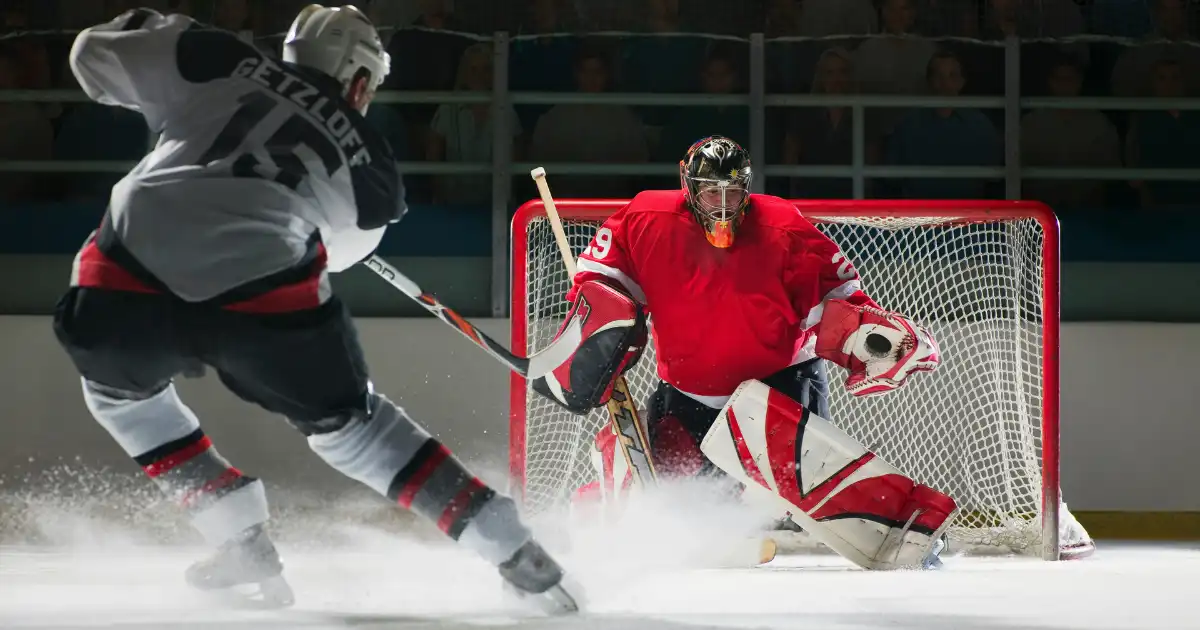Overtime in hockey is one of the most thrilling parts of the sport. When regulation ends and the scoreboard shows a tie, fans know they’re in for fast-paced, high-stakes action. From the NHL to international and minor leagues, how overtime works in hockey varies depending on the league, but every format brings intensity and excitement.
Let’s break down how overtime plays out in the NHL and compare it to other prominent hockey leagues around the world.
NHL Overtime Rules
In the National Hockey League (NHL), the overtime format depends on the point in the season. During the regular season, if a game is tied at the end of regulation (60 minutes), the teams play a five-minute sudden death overtime period. The key elements here are:
• 3-on-3 format (plus goalies), creating more open ice and scoring chances
• The first team to score wins the game—sudden death
• If no one scores, the game proceeds to a shootout to determine the winner
The shootout consists of three rounds initially, with each team selecting shooters. If it’s still tied after three rounds, it goes to sudden death shootout rounds until there is a winner.
This format was introduced to reduce the number of games decided purely by shootouts, and the 3-on-3 overtime has proven to be an electrifying change to how overtime works in hockey.
During the Stanley Cup Playoffs, the stakes are even higher. Here, there is no shootout. Instead, teams play full 20-minute periods of 5-on-5 sudden death overtime until a goal is scored. This can lead to marathon games stretching late into the night, truly testing endurance and grit.
AHL and ECHL Overtime Formats
The American Hockey League (AHL), which serves as the primary developmental league for the NHL, follows a similar approach. In the regular season, overtime consists of:
• Five minutes of 3-on-3 sudden death
• Followed by a shootout if no goal is scored
The ECHL, another North American minor league, uses the same format as the AHL, ensuring consistency for player development and fan understanding.
European League Overtime Rules
Across the Atlantic, European hockey leagues have their own rules about how overtime works. In the Swedish Hockey League (SHL) and KHL (Kontinental Hockey League), the overtime process looks a bit different:
• Regular season overtime usually involves a 5-minute 3-on-3 or 4-on-4 format
• Tied games go to a shootout after overtime
• In playoffs, like in the NHL, it switches to full-length 5-on-5 sudden death periods
Each league may tweak player numbers or overtime length slightly, but the principle remains: deliver a decisive, thrilling finish.
International Tournament Overtime
In international competitions like the IIHF World Championships or the Olympics, overtime formats depend on the tournament stage:
• Preliminary round games may have short 3-on-3 overtimes followed by shootouts
• Medal games, however, may feature 10-minute overtimes or even 20-minute periods, often played 4-on-4 or 3-on-3
• Gold medal games typically avoid shootouts, opting for continuous sudden death periods to crown a champion through open play
This shows how overtime works in hockey can reflect the weight of the moment—the higher the stakes, the more authentic the resolution desired.
Why Overtime Rules Matter in Hockey
Understanding how overtime works in hockey is crucial for fans, players, and coaches. The shift to 3-on-3 in regular season NHL games has led to more excitement, fewer shootouts, and creative playmaking opportunities. It encourages puck possession, quick transitions, and highlight-reel goals.
In contrast, playoff overtime is a true endurance test, demanding complete team effort and focus. Every mistake can mean the end of a season. It’s a dramatic contrast that captures the essence of playoff hockey.
The Strategy of Overtime in Hockey
Overtime isn’t just fast—it’s strategic. In a 3-on-3 scenario, teams often prioritize possession over direct attack. They may circle back rather than force a bad shot. Coaches put their best skaters and puck handlers on the ice to maximize control and scoring chances.
In playoff overtime, fatigue and discipline come into play. Teams shorten their bench, rely on veterans, and tighten their defensive structure, waiting for the perfect opportunity to strike.
Shootouts: A Love-Hate Element
While shootouts add a unique twist to how overtime works in hockey, they remain controversial. Some fans appreciate the one-on-one showdown, while purists argue it doesn’t reflect true team play.
The NHL’s overtime rule changes were designed to make shootouts less frequent, and so far, it has worked. Still, shootouts remain a defining part of the regular season experience.
Overtime in Youth and Recreational Hockey
Outside of the pro leagues, how overtime works in hockey is more flexible. Youth leagues and recreational play often use shorter overtime periods or go straight to shootouts. The goal is to ensure a fun and fair conclusion without overextending young athletes or ice time.
Final Buzzer: The Thrill of Overtime in Hockey
From the NHL to international ice, the way overtime works in hockey delivers some of the sport’s most unforgettable moments. With sudden death goals, shootout heroes, and strategic brilliance, overtime isn’t just an extension—it’s a climax. Understanding these formats deepens your appreciation for the sport and adds another layer of excitement when that third period buzzer sounds.
If you’re looking to bring that same intensity to your gear, check out All Black Hockey Sticks. Built for performance and affordability, ABHS delivers elite-level sticks designed to thrive under pressure—just like in overtime.
#HockeyOvertime #NHLRules #SuddenDeathHockey #HockeyFans #HockeyGear #OvertimeThriller #HockeyLife #ABHSHockey #HockeyNation

